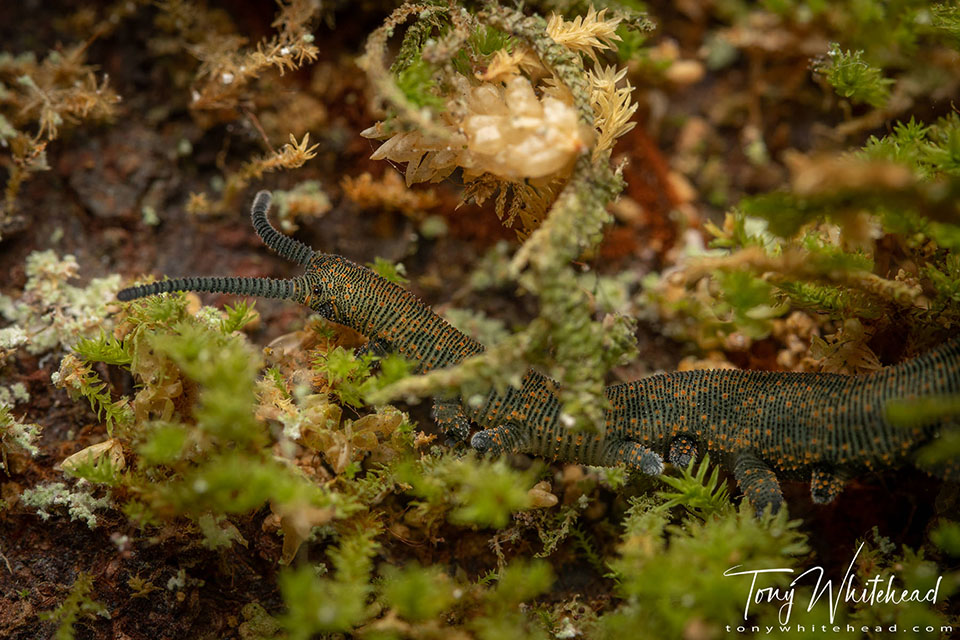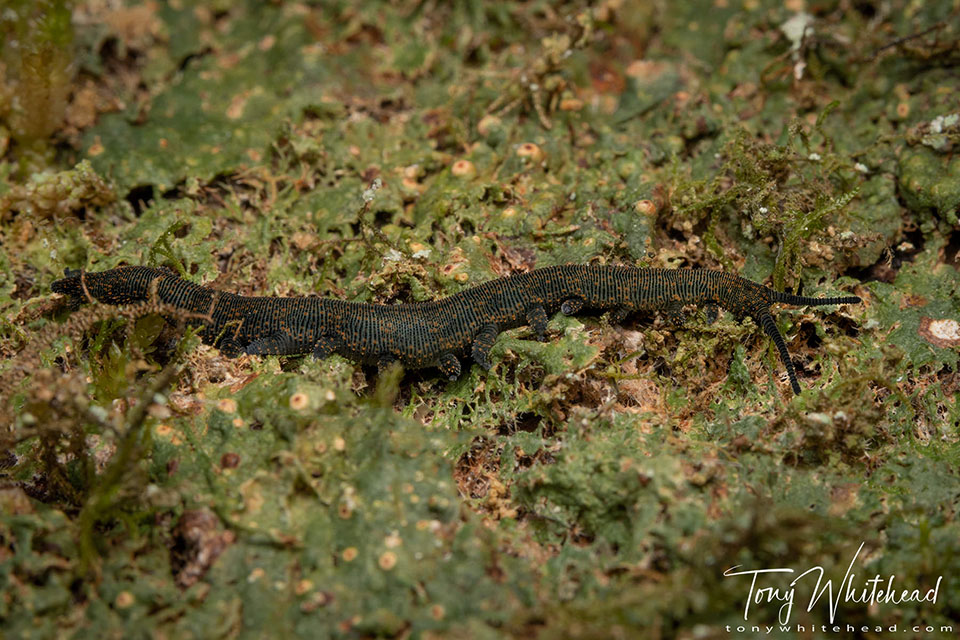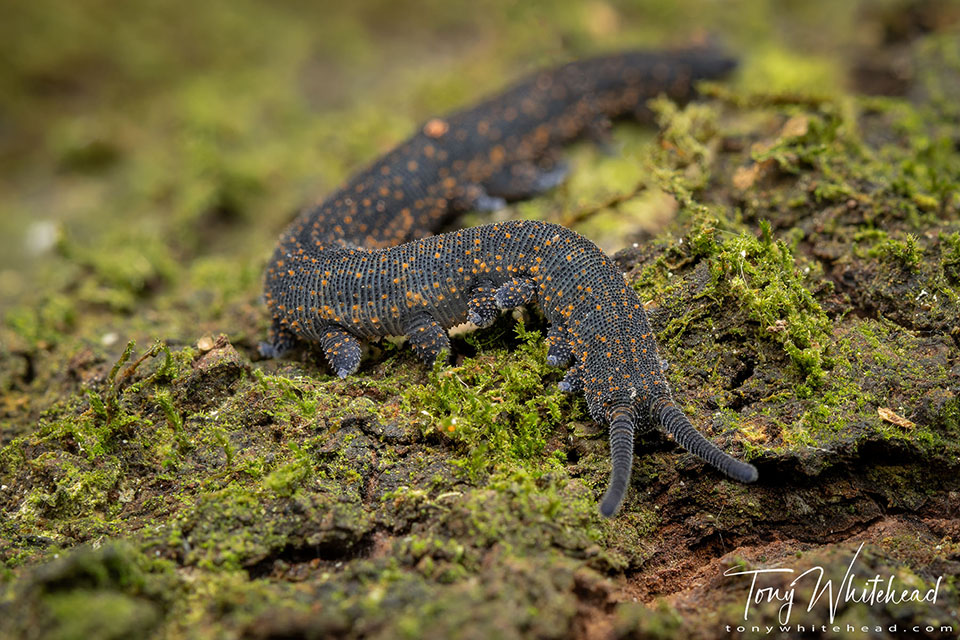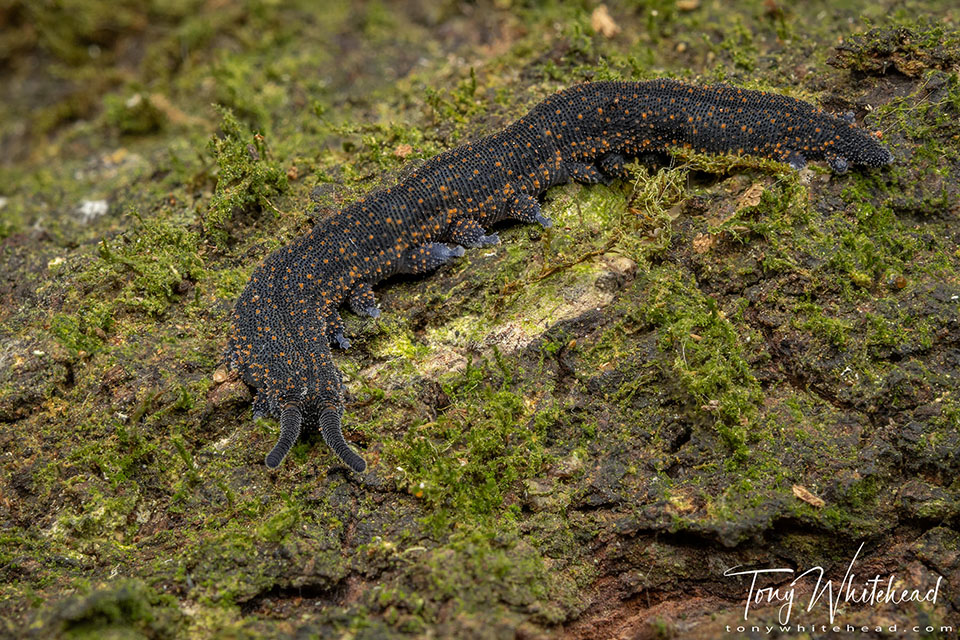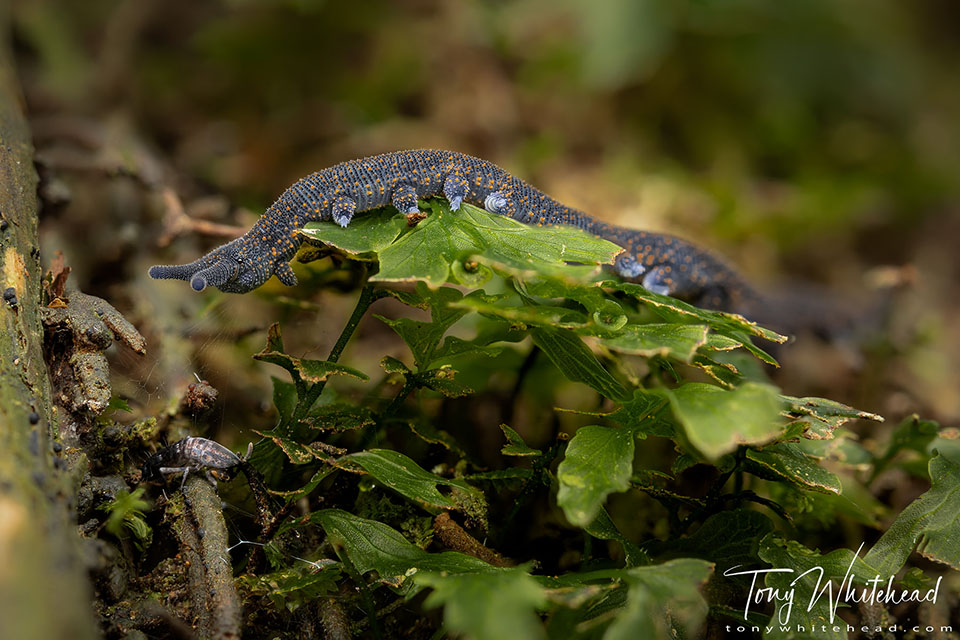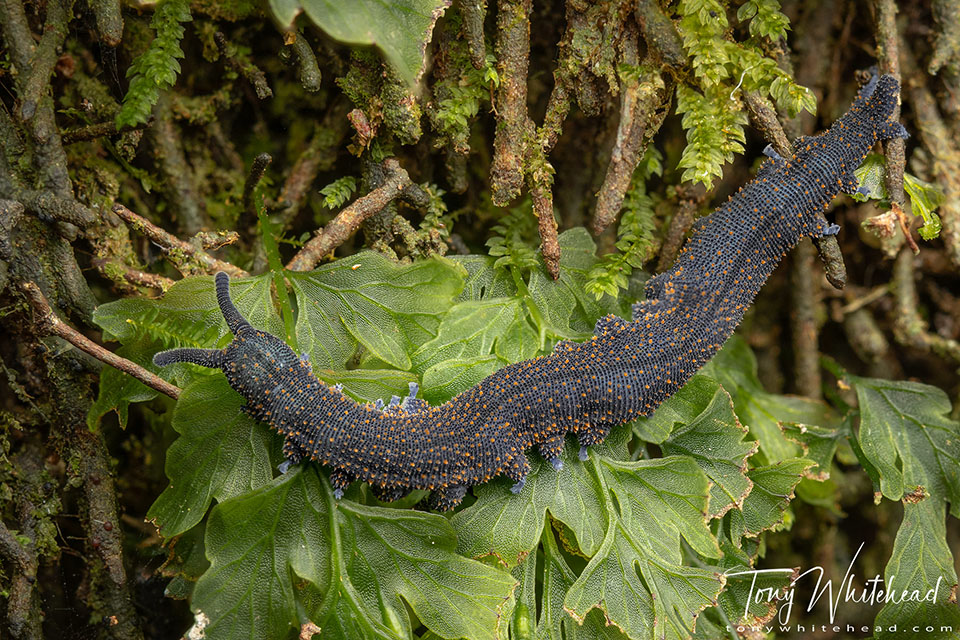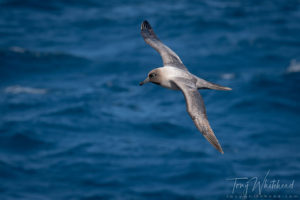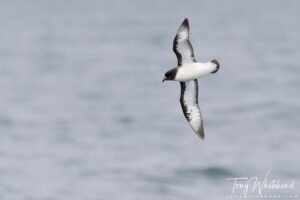After arriving in New Zealand and reading up on the natural history, I encountered Peripatus or Velvet worm. Despite occurring throughout the Southern Hemisphere, I had not been aware of it previously. I found the idea of a primitive segmented creature with legs, intermediate between annelids and arthropods intriguing. They are so different that they have their own phylum, Onychophora. Being nocturnal and very prone to desiccation due to their constantly open spiracles, they are not the type of creature that you just happen across.
One of benefits of nocturnal macro missions is that you’re out at the time and in the correct habit to encounter Peripatus. There are a number of threats they face, significantly habitat loss, predation from introduced birds, rats and hedgehogs, and also from collectors who remove individuals and damage habitat. In one location I have been lucky to encounter 3 individual Peripatus on 3 occasions.
All 3 have been relatively small individuals in the 3-4cm range but have made nice subjects to photograph with the details visible in the photos difficult to appreciate with the naked eye.
New Zealand possibly has 30 species of peripatus but only 9 described. They fall into 2 genera, Peripatoides which have live young and Ooperipatellus which lay eggs.
In the above image I only noticed the Collembola after stacking the image. I initially wondered if it was potential prey but then noticed some strands that appeared to extend from the Peripatus’ mouth so thought that it may have already consumed another victim. Peripatus have a unique way of feeding in that they shoot sticky liquid onto their prey to immobilise it before approaching to consume it. This is also a defence mechanism so it is important not to disturb them as it is resource intensive for them to try and defend themselves.
For more information on Peripatus see this Massey page and this DOC page.
Top 2 photos with Nikon D850 and Tamron 90mm macro lens. Other photos with Nikon Z7 and Nikkor 60mm micro lens with 12mm extension tube. On camera flash (Nikon SB900 or Godox TT865N) with home-made diffuser panel.
